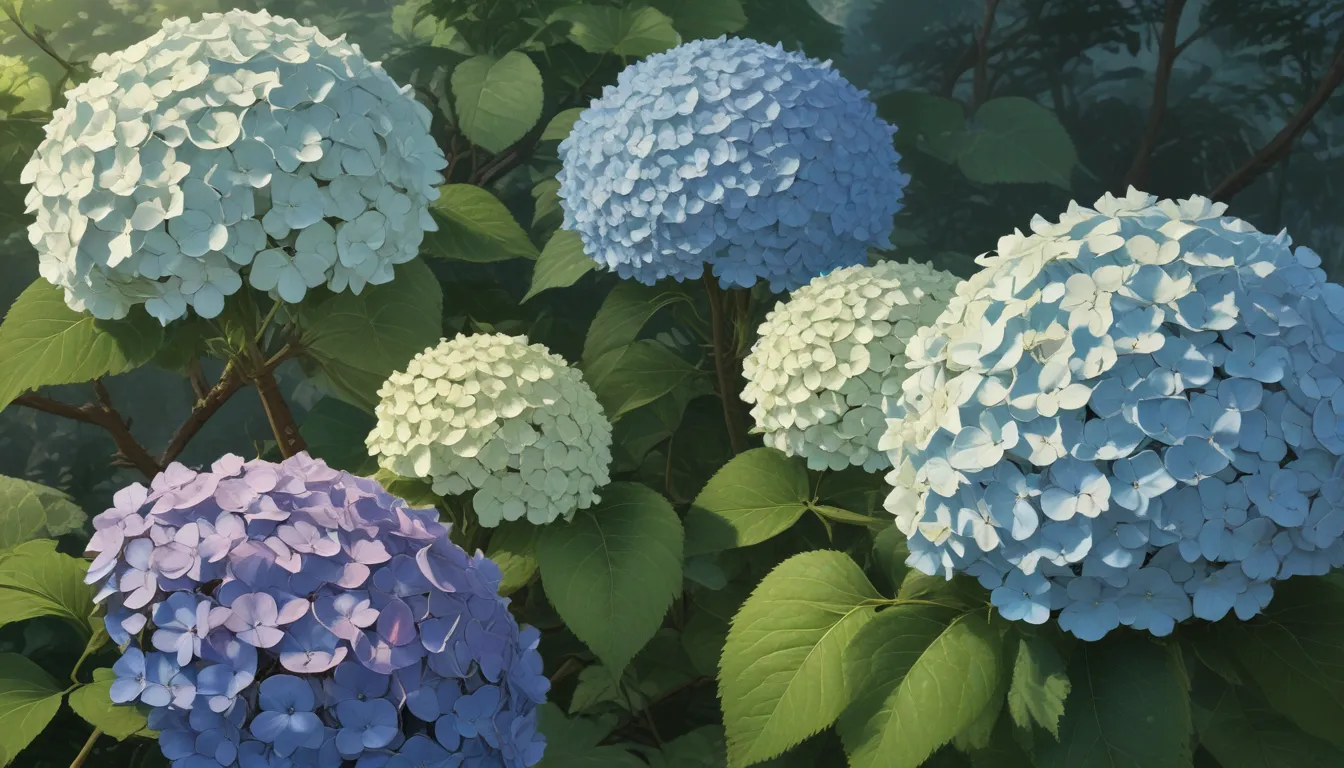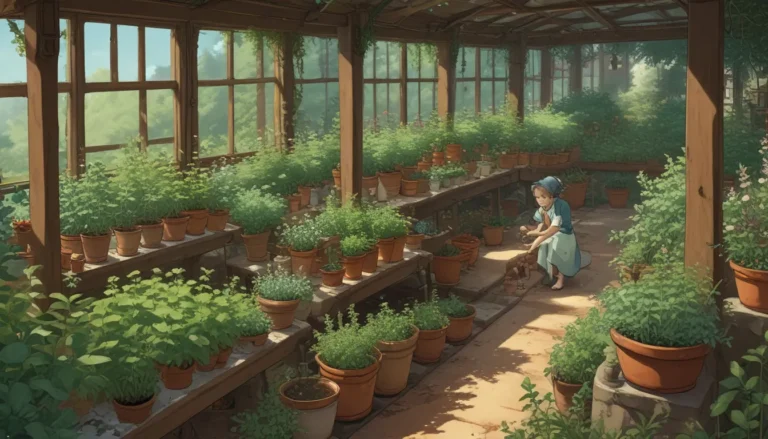Ultimate Guide to Identifying and Treating Anthracnose on Hydrangeas

Anthracnose, caused by the fungus Colletotrichum gloeosporioides, is a common fungal infection that hydrangeas are susceptible to, particularly bigleaf hydrangeas. If you notice brown spots on your hydrangea leaves, it could be a sign of anthracnose. In this comprehensive guide, we will help you prevent, diagnose, and treat this fungal infection to ensure your hydrangeas stay healthy and vibrant.
What is Anthracnose in Hydrangeas?
- Symptoms: Brown spots on the leaves that can develop into circular or irregular shapes with tan centers. Additionally, stems can develop sunken areas known as cankers.
- Distinguishing from Cercospora Leaf Spot: While both infections cause circular spots on hydrangea leaves, Cercospora leaf spots start out purple and develop lighter centers resembling frog eyes. Cercospora usually appears on lower leaves first.
- Conditions Favoring Infection: Anthracnose thrives in hot, wet conditions, with ideal temperatures ranging from 75 to 90°F. Spores spread more quickly during prolonged periods of wet weather and high temperatures.
Prevention of Anthracnose
To prevent anthracnose from infecting your hydrangeas, follow these tips:
- Watering: Avoid spraying flowers and foliage. Water at the base of the plant deeply with a soaker hose.
- Fertilizing: Avoid over-fertilizing, as heavily fertilized hydrangeas may be more susceptible to anthracnose.
Management of Anthracnose
If your hydrangeas are infected with anthracnose, take the following steps to manage the infection effectively:
Pruning and Sanitation
- Pruning: Remove as much diseased plant tissue as possible to prevent the spread of infection. Be cautious not to prune more than 1/3 of the plant.
- Sanitation: Dispose of all infected plant debris properly. Clean pruning shears with a 10% bleach or 70% rubbing alcohol solution after use.
Fungicides
For effective treatment of anthracnose, consider using fungicides such as copper-based or chlorothalonil options. Ensure you follow the instructions on the package precisely and spray your plants every 10-14 days throughout the summer.
- Copper Fungicide Dust: An organic option effective against fungal infections.
- Chlorothalonil: A non-selective fungicide that treats a range of fungi.
Tips and Best Practices
- Propagation: Take cuttings from healthy parts of the plant to root and transplant in case the infection causes severe damage.
- Monitoring: Regularly inspect your hydrangeas for signs of anthracnose to catch the infection early.
- Treatment: Treat not only infected plants but also healthy ones to prevent the spread of the fungus.
Conclusion
Anthracnose can pose a significant threat to your hydrangeas, but with proper prevention and management strategies, you can protect your plants effectively. By following the guidelines provided in this guide, you will be well-equipped to identify, treat, and prevent anthracnose on your hydrangeas. Time is of the essence when dealing with fungal infections, so act promptly to ensure your plants thrive and bloom beautifully.
Have you experienced anthracnose in your garden? Share your story and tips in the comments below!
For more information on hydrangeas, check out these additional resources:
- How to Identify and Treat Hydrangea Diseases
- The 25 Best Hydrangea Varieties for Landscaping Large and Small
- How to Grow Hydrangeas for Big Blossomed Beauty
Remember, a healthy garden starts with proactive care and attention to detail. Stay informed, stay diligent, and watch your hydrangeas flourish!





